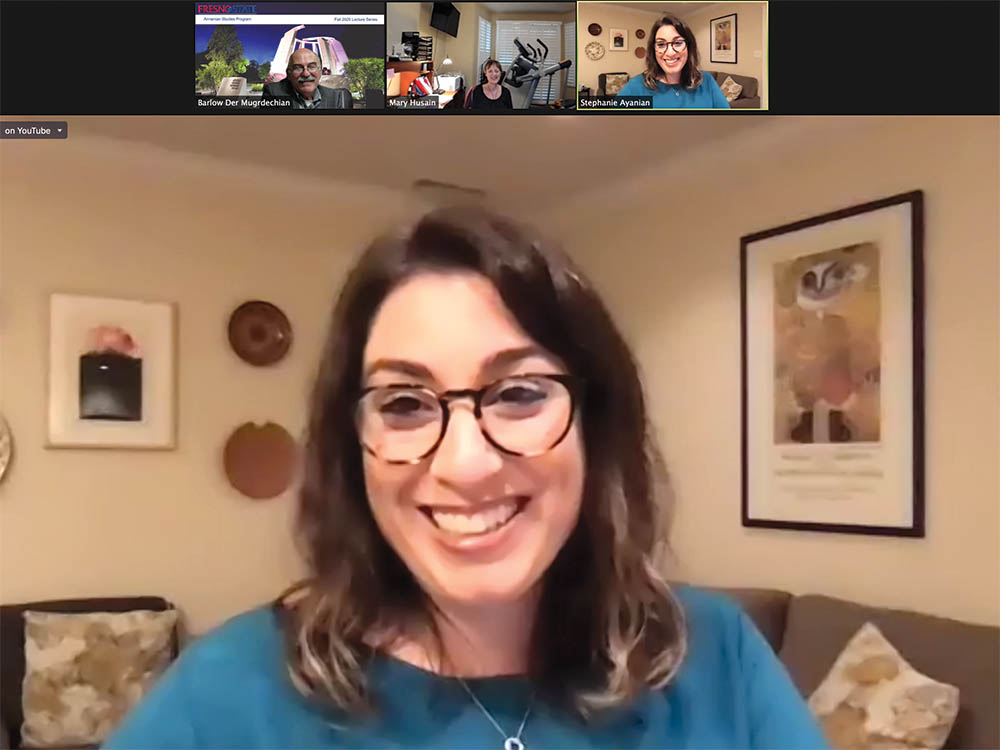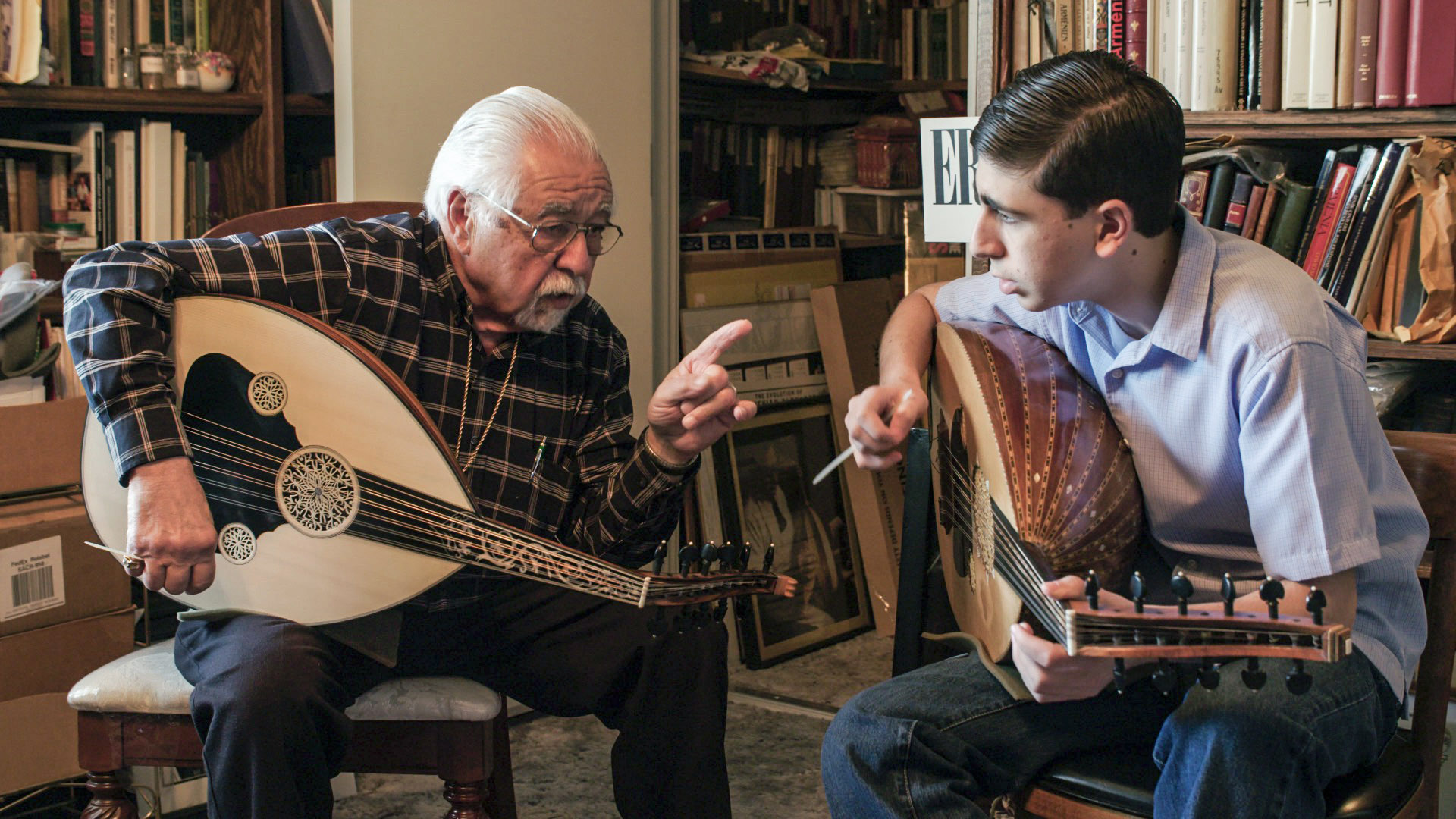
Photo: ASP Archive
Sara Beberian
Staff Writer
“The least you can do is let it not be in vain,” said Karine Shamlian. “You feel responsible for who we are as a people.” Shamlian understands the terrors her grandmother, Genocide survivor Asdghig Tetezian Alemian, underwent and strives to preserve Armenian culture and traditions to honor her.
Alemian, however, is not the only Armenian to overcome extreme hardships. Armenians have survived years of turmoil, especially the Armenian Genocide of 1915. Out of the 2 million Armenians living in Western Armenia, 1.5 million were murdered at the hands of the Ottoman Turkish government. Those few who survived were forced to leave traditional Armenian lands and are now scattered all over the world, creating a large Armenian diaspora. In these foreign lands, Armenians have to work extremely hard to maintain their culture and identity as Armenians. To honor the memory of those Armenians who were murdered for their faith and culture, the least Armenians can do is practice Armenian traditions, learn the Armenian language, and attend the Armenian church.
On Friday, October 9, the Armenian Studies Program and CineCulture organized a film discussion, based on Stephanie Ayanian’s documentary “What Will Become of Us.” Ayanian is an Armenian-American film producer, director, and editor. Participants in the Friday evening discussion had the opportunity to watch the film during the prior week and were then treated to a virtual panel discussion featuring Ayanian, Prof. Barlow Der Mugrdechian, and Prof. Mary Husain of CineCulture.
Ayanian was inspired to create the film in 2014, on the eve of the centennial of the Armenian Genocide. She wanted to make a different kind of Genocide film, one that demonstrated what Armenians were doing in memory of the Genocide and to connect with their culture. Ayanian wanted the film to “educate non-Armenians who may not know about Armenian stories, and to raise general awareness for Armenians.”
Ayanian, with a budget of over $400,000 and a crew of three, traveled around the United States recording stories about survivors. She had a vision for who should be included in her documentary, and she wanted to select Armenians with specific stories. She found Armenian comedians, artists, musicians, and politicians, all of whom were incorporating their Armenian identity into their everyday lives and work.
Ayanian was pleased to have a greater understanding of the Armenian people and exclaimed “there are all different kinds of Armenians!” She explained it was difficult to edit the cinemaverité style film since she had so many Armenian stories she wanted to include. In the end, with help from colleagues, Ayanian chose to keep the stories that she believed best illustrated an Armenian perspective to get Americans the most invested.
Ayanian was happily surprised by how generous Armenians were with their time and their stories. The film demonstrates that even though Armenians differ from one another, Armenians are tied by their culture as well and want to talk about the experiences of their ancestors.

Left to Right: Richard Hagopian and Andrew Hagopian
Fresno State student Andrew Hagopian and his grandfather Richard Hagopian, were featured in the film. Hagopian is following in the footsteps of his grandfather by maintaining his Armenian culture through traditional Armenian folk music.
Another example was that of Michael Aram Wolohojian, an artist who represents Armenia in his work. Michael Aram’s ancestors were from the same part of Armenia as Ayanian’s.
It was difficult for Ayanian to hear the countless Armenian stories about the Genocide. She explained that during interviews, she had to continue to have meaningful conversations while getting emotional. “As Armenians, all of our stories are intertwined… their stories are my stories,” stated Ayanian.
The title of the film, “What Will Become of Us,” is a question we, as Armenians, must strive to answer every day. As Armenians in the diaspora, it is our duty to work extra hard to stay Armenian, to send our children to Armenian school, to go to Armenian church, cook Armenian food, learn Armenian dances, and return and visit Armenia.
Karine Shamlian expressed it the best, when she said “the least we can do is not let it be in vain.” Over 100 years ago, our ancestors were murdered for being Armenian Christians. Today, Armenians are still fighting to hold onto their land, culture, traditions, and religion. The least we can do in the diaspora is practice our Armenian traditions and support our Armenian homeland. The question, of what will become of us, is a burden given to every Armenian. It is up to each individual Armenian to make sure that the culture survives.
 Hye Sharzhoom Armenian Action
Hye Sharzhoom Armenian Action